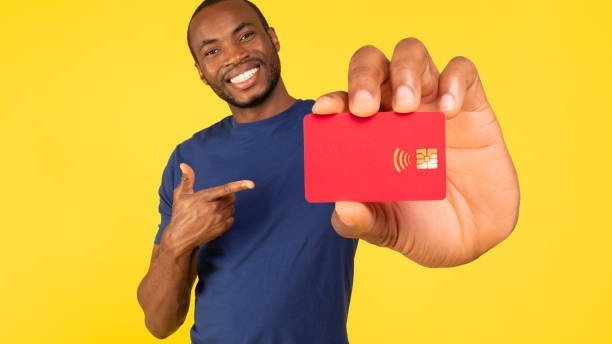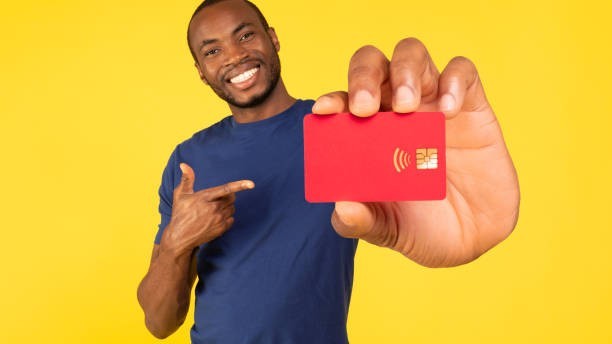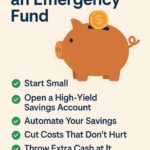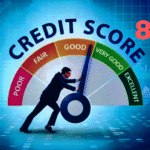
If you’re a freelancer, blogger, or content creator living in the United States, having a credit card is more than just convenient — it helps you build credit, manage expenses, and even unlock business opportunities.
But what if you don’t have a traditional job or W-2 income?
No worries. You can still qualify. Here’s a simple, step-by-step guide to getting a credit card in the U.S. — even if you’re self-employed.
✅ Step 1: You Need an SSN or ITIN
To apply for a U.S. credit card, you must have either:
A Social Security Number (SSN) – If you’re a U.S. citizen or permanent resident.
An Individual Taxpayer Identification Number (ITIN) – For non-residents or freelancers who pay U.S. taxes.
Tip: Freelancers working with U.S. companies (like Upwork or AdSense) can apply for an ITIN if needed.
✅ Step 2: Open a U.S. Bank Account
Before applying for a credit card, open a checking account with a trusted U.S. bank like:
Chase
Bank of America
Capital One
Wells Fargo
Having a bank account builds a relationship with the lender and makes it easier to get approved.
✅ Step 3: Check or Build Your Credit Score
Most credit card issuers check your credit score. If you’re new to credit in the U.S., your score may be low or nonexistent.
Free tools to check your score:
Credit Karma
Credit Sesame
Experian app
No credit history? Start with a secured credit card to build your score.
✅ Step 4: Choose the Right Credit Card
Here are popular types of credit cards based on your situation:
Type of Card Best For Example Cards
Secured Card Beginners with no credit Discover it® Secured
Student Card Student creators Capital One SavorOne Student
Cash Back Card Freelancers with steady income Chase Freedom Unlimited
Business Card Self-employed professionals Amex Blue Business Cash Card
✅ Step 5: Gather Required Documents
Most credit card applications will ask for:
Your SSN or ITIN
Proof of income (bank statements, Upwork/Fiverr earnings, PayPal summaries)
U.S. mailing address
A valid ID (Driver’s License, Passport, or State ID)
✅ Step 6: Apply Online or In-Person
You can apply directly on the bank’s official website or by visiting a local branch.
When applying, you’ll fill out:
Name and contact info
SSN or ITIN
Employment type (Self-Employed is okay)
Annual income estimate
Housing situation (rent/own)
After submitting, you may get instant approval, or the bank might take a few days to review.
✅ Step 7: Receive and Activate Your Card
Once approved, your physical credit card will be mailed to your U.S. address — usually within 7–10 business days.
Follow the instructions to activate it online or through the bank’s mobile app.
✅ Step 8: Use It Responsibly to Build Credit
Tips for using your card wisely:
Pay your full balance on time every month
Keep credit usage below 30% of your limit
Avoid late payments — they hurt your credit score
Use the card regularly to build a positive history
🎁 Bonus Tip for Content Creators
Even if you don’t have a 9–5 job, your freelance or blogging income counts as legitimate income. Just make sure you:
Save your payment records (AdSense, Stripe, PayPal)
Download earnings reports from Upwork/Fiverr
Consider forming an LLC to apply for business credit later
How to Raise Your Credit Score Without Losing Your Mind
- How to Start Affiliate Marketing in the U.S. (Beginner-Friendly Guide)
- The U.S. Stock Market Explained in Simple Terms
- How to Start Affiliate Marketing in the U.S. (Beginner-Friendly Guide)
- Mortgage Loans in the UK: Complete Guide for Homebuyers (2025)
- How to Get a Personal Loan with Bad Credit: A Simple Step-by-Step Guide (2025)














How can we get credit card for amazon for free India? bhai ye bhi btado.